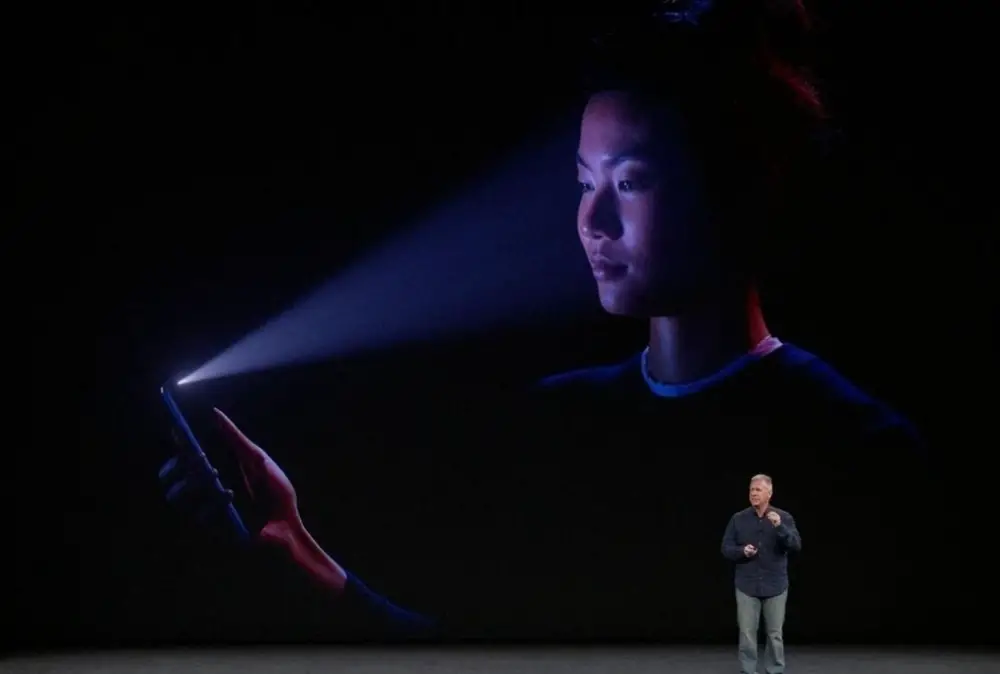Apple introduced a major change to its security system in November 2017 with the release of the iPhone X. They replaced the Touch ID fingerprint scanner with Face ID, a new biometric sign-on tool that uses facial recognition technology. This new feature has been integrated into most post-iPhone X Apple products, replacing the fingerprint scanner with a camera array that captures a detailed face map. According to Apple, Face ID is 20 times more secure than Touch ID, as it is less likely to be hacked.
While Face ID has the potential to revolutionize biometric technology, it has faced criticism from fans of Touch ID and privacy advocates. However, it has now become a standard part of Apple’s ecosystem.
Face ID works by mapping the face using data points, similar to how Touch ID maps fingerprints. However, it does not store an actual image of the face. Instead, it creates a map of the face using the TrueDepth camera system, which includes an improved front-facing camera and a dot map captured using infrared light. This dot map is then sent to the Secure Enclave on the device’s chip, where it is compared against existing records.
One of the main benefits of Face ID is its convenience. Unlike passwords or PIN codes, users do not need to enter or remember any codes. Instead, a simple swipe up while holding the device in a standard position allows for quick and secure authentication. Face ID can also be used for other tasks, such as making payments with Apple Pay or verifying identities with apps.
There are few drawbacks to using Face ID for most people. However, those who prioritize maximum security may prefer to use a long and complex password. Additionally, some individuals may object to facial scans and opt for a PIN code instead. People with low vision or no vision at all may also prefer using a PIN, password, or Touch ID for authentication.
It’s worth noting that Face ID is currently available on most iPhones and iPads released after the iPhone X, excluding the iPhone SE. However, on tablets, Face ID is limited to iPad Pro devices. The feature requires specific technology, such as TrueDepth cameras, which older Apple devices do not support.
Setting up Face ID is similar to setting up Touch ID. Users need to follow Apple’s instructions to capture multiple angles of their face and allow the device to collect enough data. Alternate appearances can be set up in the Settings app for individuals who have different looks due to work requirements or other factors.
In response to the COVID-19 pandemic, Apple introduced a feature that allows Face ID to work with masks. Users can unlock their Face ID-enabled devices while wearing masks by using an Apple Watch or installing the iOS 15.4 update, which enables Face ID to recognize masked faces on iPhone 12 and later models.
Apple has implemented several security measures to ensure the accuracy and reliability of Face ID. The technology is designed to recognize whether the user’s eyes are open and if they are directing their attention to the device. This prevents unauthorized access to the device, such as someone trying to unlock it while the user is sleeping. Face ID also cannot be fooled by photos or printed pictures, as it matches against depth information that is not present in 2D images.
Overall, Apple’s Face ID offers fast and secure biometric authentication for device access. While it may have its critics, it has become a widely used feature in Apple’s ecosystem, providing convenience and improved security for users.

